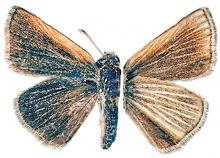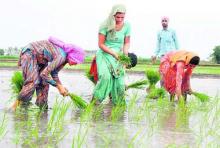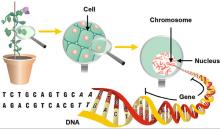Two Midwest Butterflies Suffer Bee-like Declines
Federal listing protection has been finalized for two Midwest prairie butterfly species under the Endangered Species Act (ESA) due to dramatic population declines. The Dakota skipper has been listed as a threatened species, and the Powershiek skipperling has been listed as an endangered species under the act, according to a final rule published Friday. The rule also specifies a special 4(d) exemption for the threatened skipper. The listing is the result of a 2011 settlement agreement between the U.S. Fish and Wildlife Service and the Center for Biological Diversity (CBD), one of the agency's most frequent litigants. The settlement created a five-year work plan to speed listing decisions for hundreds of species across the country. "It is great news that these remarkable little butterflies now have the Endangered Species Act protection that will save them and their beautiful prairie homes," Tierra Curry, a CBD senior scientist was quoted as saying in the group's response to the listing. "Protecting the last high-quality prairie habitats for the butterflies will keep these special places safe, along with all the other plants and animals that need them to survive."









